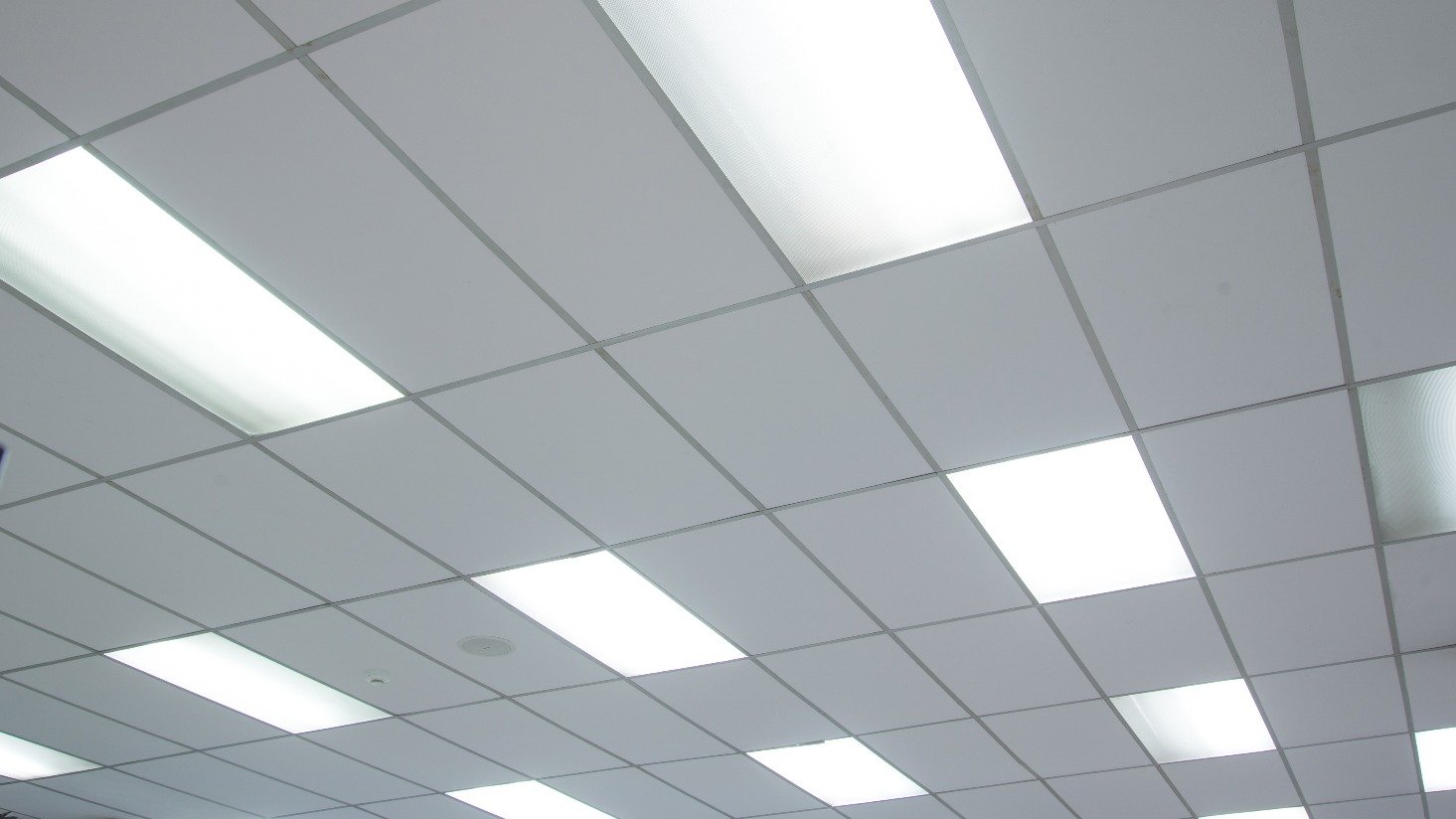Which light bulbs need a ballast?

If you're new to commercial lighting, the concept of a ballast can be an odd one. You’re probably used to just screwing light bulbs into sockets and flipping switches. The transition to ballast-dependent lighting technology can be frustrating and confusing.
You might be wondering, what exactly is a ballast? We explain that in detail in our post, “What is a ballast?” But here's the gist:
A ballast is the functional heart of a fluorescent or HID light source. Just as a heart regulates blood flow to your body, a ballast ensures that a light bulb stays lit by managing the distribution of energy throughout the fixture. Hearts work to distribute blood via channels, or arteries, in the body to keep a body active and alive. Ballasts do the same for the fluorescents and HIDs in your buildings, but with energy.
So which light bulbs require a ballast? Check out the table below.
|
Technology |
Ballast dependent? |
| Incandescent | No incandescent bulbs require a ballast. |
| Halogen | No halogen bulbs require a ballast. |
| Fluorescent | All fluorescent bulbs require a ballast. |
| Compact fluorescent | All compact fluorescent (CFL) bulbs require a ballast, which is often integrated. |
| HID | All HID bulbs require a ballast, which is sometimes integrated. |
| LED | No LED bulbs |
Incandescent and halogen lamps do not require a ballast. Like we mentioned, you just screw them into the socket, and you’re done.
Fluorescent lamps and HID (high intensity discharge) light bulbs do require a ballast.
Both lamp families use two different types of ballasts: magnetic and electronic.
Magnetic ballasts use older technology but are still used with certain light bulbs. Electronic ballasts are generally more energy efficient. We explain the differences, plus the different types of fluorescent and HID ballasts, in this blog post.
Which light bulbs are self-ballasted?
There are also some light bulbs that contain a ballast within the light bulb.
Fluorescent technology changed in the 1990s to include compact fluorescent bulbs (CFLs). They are more energy efficient and were created to replace incandescent light bulbs. Just like incandescent light bulbs, they screw into the socket and you have light.

Creating the smaller and more compact ballast (seen in the image above) was the real challenge when it came to the CFL design.
Most CFL light bulbs that look like a “spring” or spiral include an integrated ballast. CFL light bulbs with a pin base do not include a ballast.
Do LED lights need a ballast?
LEDs use a technology that’s similar to a ballast called a driver.
Like a ballast, a driver regulates the electricity within a lighting fixture to keep the current consistent.
Every LED light bulb requires a driver to operate. You might be thinking, “I just used an LED and didn’t install a driver.” That’s because, like CFLs, a driver can be built within the light bulb (called an internal driver). This is common in residential settings or smaller fixtures.
If you have a new LED fixture or you’re retrofitting your old fixtures, you might use an external LED driver. This is common in commercial settings and for LED tubes.
Do I need to remove the ballast to use an LED light bulb?
When it comes to LEDs working with a ballast, there can be a lot of confusion. LEDs use a driver to operate, but you might be using LEDs in a fixture that already has a ballast.
The swiftest, easiest way to upgrade that fixture to LED would be to buy a plug-and-play lamp and continue to run it off the ballast. A plug-and-play LED that works with the existing ballast means that you aren't making any fixture modifications, resulting in lower installation costs and a potentially easier time dealing with strict building codes like Title 24 in California.
That said, there are some concerns with plug-and-plays and several more options to consider. We describe the pros and cons in our article, "Plug and play vs. ballast bypass and other linear LED options."
If you have more questions, please don’t hesitate to contact us. Our lighting specialists are happy to help.
If you’re ready to purchase from our online store, click here to receive discounted business pricing.














